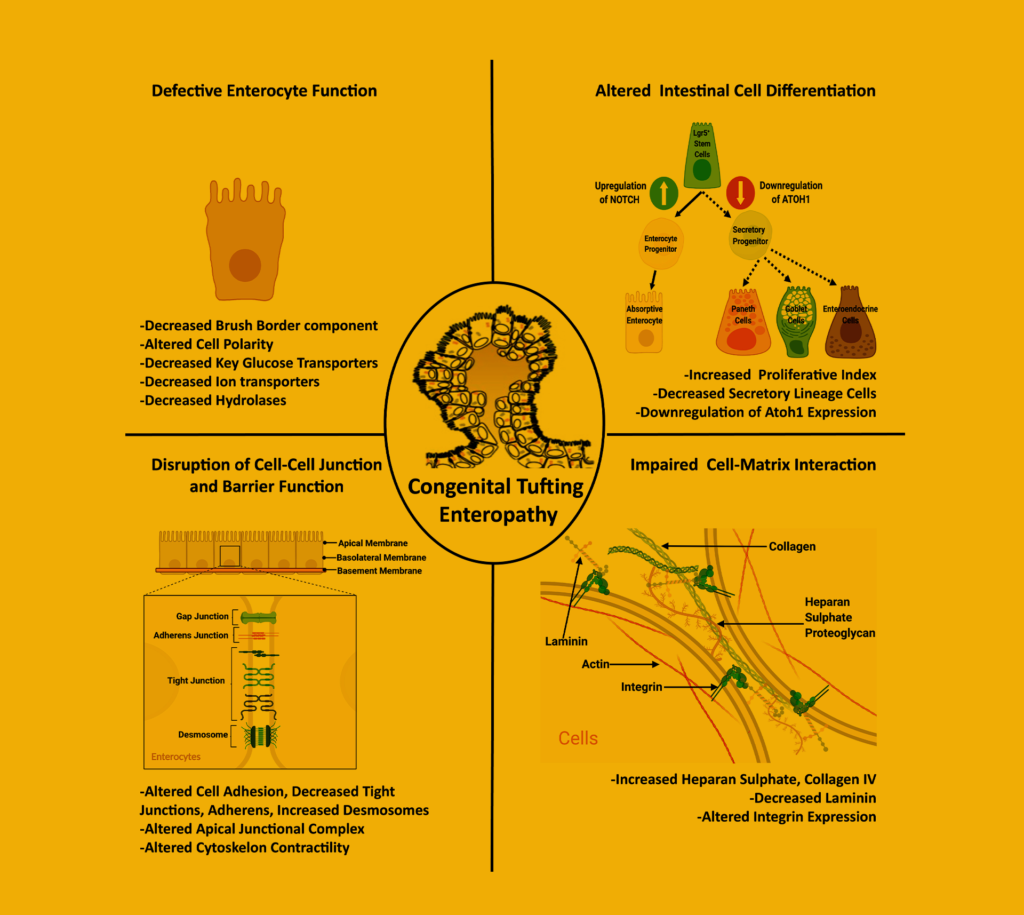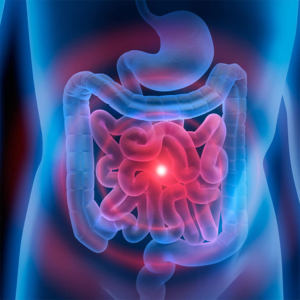Enteropathy
(IBS) is a functional bowel disorder characterized by abdominal discomfort or pain, typically in the lower abdomen, associated with disturbed defecation36 in the absence of structural abnormalities. From: Women and Health (Second Edition), 2013
Related terms:
Inpatient, Probiotic Agent, Infection, Diarrhea, Inflammatory Bowel Disease, Malabsorption, Celiac Disease, Irritable Colon, Crohn Disease, Diseases
Treatment of Functional Bowel Disorders With Prebiotics and Probiotics
K. Hod, Y. Ringel, in The Microbiota in Gastrointestinal Pathophysiology, 2017
Abstract
Functional bowel disorders (FBDs) including irritable bowel syndrome (IBS), chronic idiopathic constipation (CIC), functional diarrhea (FD), functional bloating (FB), functional abdominal pain (FAP), and unspecified FBD are the most common gastrointestinal (GI) disorders seen by gastroenterologists and primary care physicians. FBDs are often associated with significant detrimental effects on patients’ daily functioning, work productivity, and quality of life and lead to significant socioeconomic and healthcare burden. The enteropathogenesis of FBDs are not completely understood but recent data suggest that alterations in the composition and function of the intestinal microbiota may have a role in the development of physiological abnormalities and functional GI symptoms associated with these disorders. This has led to growing interest of healthcare providers and patients in using interventions targeting the intestinal microbiota for the treatment of FBDs. In this chapter we discuss the potential role prebiotics and probiotic interventions in the treatment of FBDs. We review the evidence from clinical studies and discuss the potential benefits of the use of prebiotics and probiotics for FBDs in clinical practice.
Intestinal infections: Overview
Raghavee Neupane, … Davidson H. Hamer, in Reference Module in Biomedical Sciences, 2023
Environmental enteropathy
Environmental enteropathy (EE), a chronic disorder involving intestinal inflammation without overt diarrhea resulting from exposure to fecally contaminated environments through poor hygiene (Watanabe and Petri, 2016), is highly prevalent in low- and middle-income countries (LMICs). EE is characterized by abnormal villous and crypt architecture, heightened T cell-mediated inflammation, and increased epithelial permeability secondary to impaired tight junction function.
One of the leading causes of EE is thought to be constant fecal-oral exposure to enteropathogenesis, which leads to chronic intestinal and systemic inflammation (Kosek and MAL-ED Network Investigators, 2017). EE predisposes to poor linear growth in children and malabsorption in people of all ages and is a major cause of chronic diarrhea in poor hygiene areas (Petri et al., 2014). The interplay between continuous exposure to infections, diarrhea, malnutrition, and resulting poor immunity tends to be a vicious circle with no specific treatment (Fig. 1). Currently, it is believed that the best “cure” for EE is a hygienic environment. Other treatments that have been tried for EE include various antibiotics (azithromycin, rifaximin), probiotics, anti-inflammatory agents such as mesalazine, drugs that target tight junction regulation, and epithelial healing (Watanabe and Petri, 2016).

Food Protein-Induced Enterocolitis Syndrome, Food Protein-Induced Enteropathy, Proctocolitis, and Infantile Colic
Stephanie Ann Leonard, Anna Nowak-Węgrzyn, in Food Allergy, 2012
Treatment/management
Food protein-induced enteropathy resolves clinically in the majority of children by age 1–2 years, but the proximal jejunal mucosa may be persistently abnormal at that time.32 Mucosal healing continues during feeding with the implicated food once clinical tolerance is achieved.45 The majority of children with less severe disease who were diagnosed at an older age became tolerant by 3 years.46 About 10% of infants with challenge-confirmed cows’ milk-induced enteropathy were ultimately diagnosed with celiac disease that persisted beyond infancy.32 In contrast, transient wheat enteropathy with or without associated cows’ milk protein-induced enteropathy has been reported in a number of studies, including transient wheat enteropathy following enteritis.47–49 Strict criteria for the diagnosis of transient wheat-induced enteropathy were established and include evidence of small bowel villous injury, resolution with gluten avoidance, and persistent normal small bowel mucosa for 2 or more years after the reintroduction of gluten to the diet.








